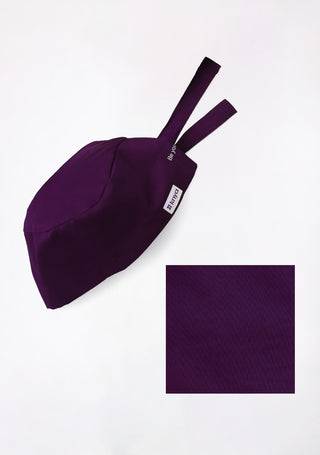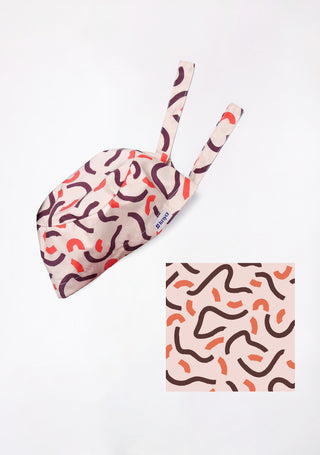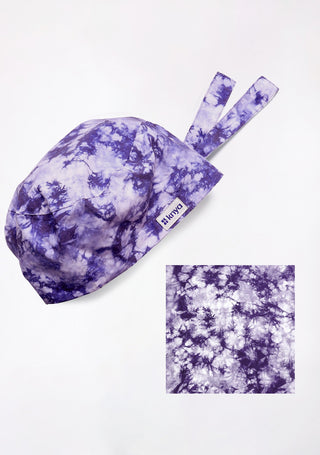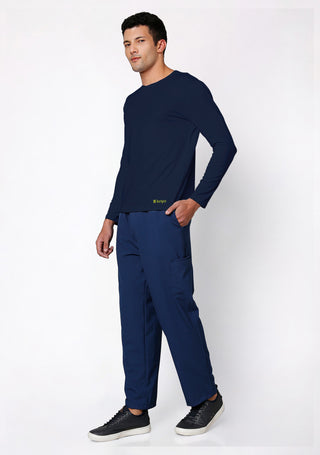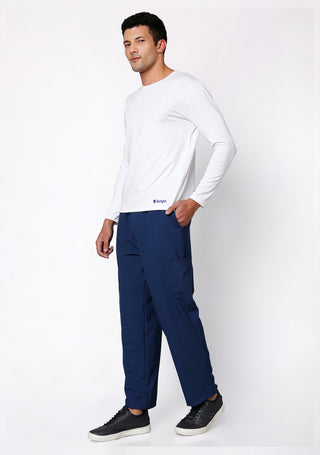Sustainability in healthcare is no longer optional; it is a necessity to protect both human health and the environment. Scrubs, as a daily essential for medical professionals, represent a meaningful opportunity for sustainable change. By embracing eco-friendly fabrics, innovative design, and responsible care practices, modern healthcare institutions can lead the way in reducing environmental impact without compromising quality or safety.
The Environmental Footprint of Traditional Scrubs
Conventional scrubs are primarily made from synthetic fabrics like polyester or polyester-cotton blends. These materials, while durable and easy to care for, have considerable environmental downsides:
-
Petroleum-Based Fibers: Polyester is derived from fossil fuels, contributing to resource depletion and greenhouse gas emissions during production.
-
Microplastic Pollution: Washing synthetic scrubs releases microplastics into waterways, harming aquatic ecosystems.
-
Chemical-Intensive Manufacturing: Traditional textile production often involves dyes, bleaches, and finishing agents that can pollute the environment.
-
Waste Generation: Frequent laundering and replacement of scrubs create textile waste, much of which ends up in landfills or incinerators.
Given these concerns, healthcare facilities and manufacturers are turning toward sustainable alternatives.
Discover our stylish and functional scrubs for women, designed to keep up with your demanding workday
Sustainable Materials for Eco-Friendly Scrubs
Choosing the right fabric is the cornerstone of sustainable scrub design. Here are some popular eco-friendly materials gaining traction in the healthcare apparel market:
Organic Cotton
Organic cotton is grown without synthetic pesticides or fertilizers, using natural farming methods that preserve soil health and biodiversity. It requires less water than conventional cotton and avoids chemical runoff.
-
Pros: Breathable, soft, biodegradable.
-
Cons: Can wrinkle easily and may have a shorter lifespan than synthetic blends.
-
Use: Often blended with recycled polyester for durability and moisture-wicking.
Recycled Polyester
Recycled polyester is made by repurposing plastic bottles and other plastic waste, reducing dependence on virgin petroleum resources.
-
Pros: Durable, wrinkle-resistant, moisture-wicking.
-
Cons: Still sheds microplastics during washing, though less than virgin polyester.
-
Use: Frequently blended with organic cotton or other natural fibers.
Tencel (Lyocell)
Tencel is a sustainable fiber derived from sustainably sourced wood pulp, processed in a closed-loop system that recycles water and solvents.
-
Pros: Soft, breathable, biodegradable, and uses less water and energy than cotton.
-
Cons: Can be more expensive and less durable under harsh washing.
-
Use: Ideal for scrubs emphasizing comfort and sustainability.
Hemp
Hemp fabric is gaining attention for its durability, breathability, and low environmental footprint. It grows quickly without much water or pesticides.
-
Pros: Naturally antimicrobial and UV resistant.
-
Cons: Limited availability and higher cost.
-
Use: Often blended with organic cotton for a softer texture.
Innovations in Sustainable Scrub Design
Beyond materials, innovations in how scrubs are designed, manufactured, and maintained can enhance sustainability.
Low-Impact Dyeing and Finishing
Traditional dyeing uses large volumes of water and toxic chemicals. Modern sustainable scrubs use:
-
Natural dyes derived from plants.
-
Low-impact synthetic dyes that require less water and generate less pollution.
-
Digital printing that reduces waste.
These methods minimize environmental harm while providing vibrant colors and durable finishes.
Antimicrobial and Stain-Resistant Finishes Without Harmful Chemicals
Scrubs need to resist stains and microbes to maintain hygiene. New treatments use natural or non-toxic agents such as silver nanoparticles, bamboo charcoal, or plant-based extracts, reducing reliance on harmful chemical finishes.
Modular and Minimalist Designs
Sustainable scrubs often feature timeless, simple styles that reduce waste from fast fashion trends. Modular pieces that can be mixed and matched help extend wardrobe longevity.
Sustainable Practices in Scrub Care
Healthcare institutions also play a crucial role in making scrubs eco-friendly through sustainable care practices.
Water and Energy Efficient Laundry
Hospital laundries consume significant resources. Using high-efficiency washers, low-temperature cycles, and ozone-based or enzymatic detergents reduces water and energy use.
Extending Scrub Lifespan
Training staff on proper scrub care, including correct washing techniques and minimizing harsh chemicals, helps extend garment life and reduce waste.
Recycling and Donation Programs
Old or worn-out scrubs can be donated for reuse, recycled into new textiles, or repurposed for cleaning rags or other uses, diverting them from landfills.
Pair your medical scrubs with one of our tailored lab coats for a complete professional look.
Benefits of Sustainable Scrubs in Healthcare
Switching to sustainable scrubs offers multiple benefits beyond environmental impact:
-
Improved Staff Well-being: Natural fibers like organic cotton and Tencel are breathable and soft, enhancing comfort during long shifts.
-
Positive Patient Perception: Patients increasingly value eco-conscious practices and may feel reassured by a hospital’s commitment to sustainability.
-
Regulatory Compliance: Green certifications and hospital sustainability goals often include apparel sourcing requirements.
- Cost Savings: Though sustainable scrubs may have higher upfront costs, their durability and energy-efficient care can lower long-term expenses.
Leading Brands and Initiatives
Several brands have pioneered eco-friendly scrub lines, combining functionality with sustainability:
-
FIGS: Uses recycled materials and sustainable production practices; offers antimicrobial scrubs.
-
Jaanuu: Offers scrubs made with sustainable fibers and eco-friendly dyes.
-
Barco Uniforms: Has a line of scrubs with organic cotton and recycled polyester blends.
-
ECO Scrubs: A brand focused entirely on biodegradable, chemical-free scrubs.
Additionally, some hospitals and healthcare systems have started green procurement programs to prioritize sustainable apparel.
Challenges and the Road Ahead
While progress is encouraging, several challenges remain:
-
Cost Barriers: Sustainable scrubs can be pricier, especially for large-scale procurement.
-
Performance Expectations: Healthcare demands scrubs that withstand frequent washing and meet strict hygiene standards, which some eco-materials struggle to meet.
-
Awareness: Not all healthcare professionals or administrators are aware of the environmental impact of traditional scrubs or the alternatives.
Education, research, and collaboration between manufacturers, hospitals, and policymakers are essential to overcome these hurdles.

